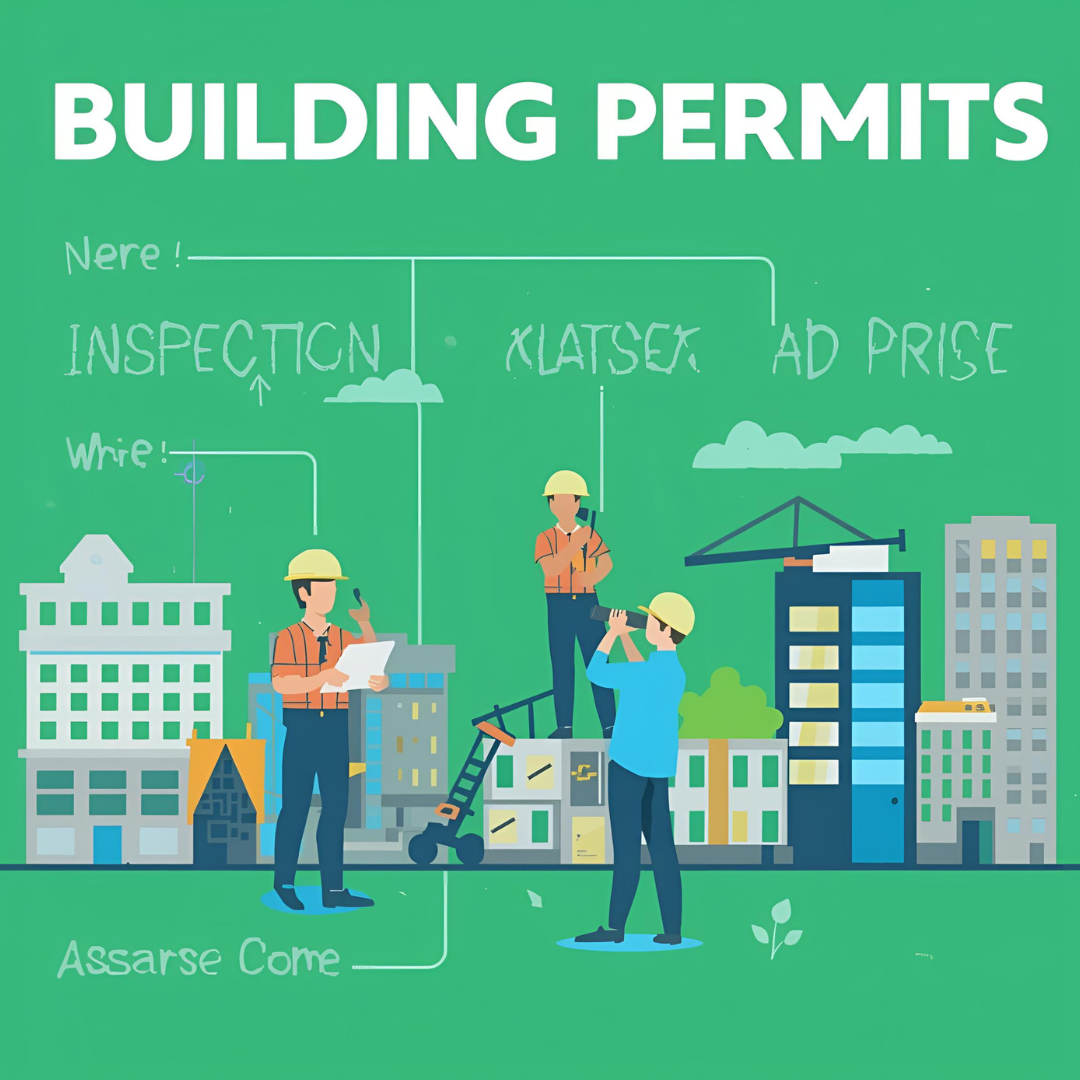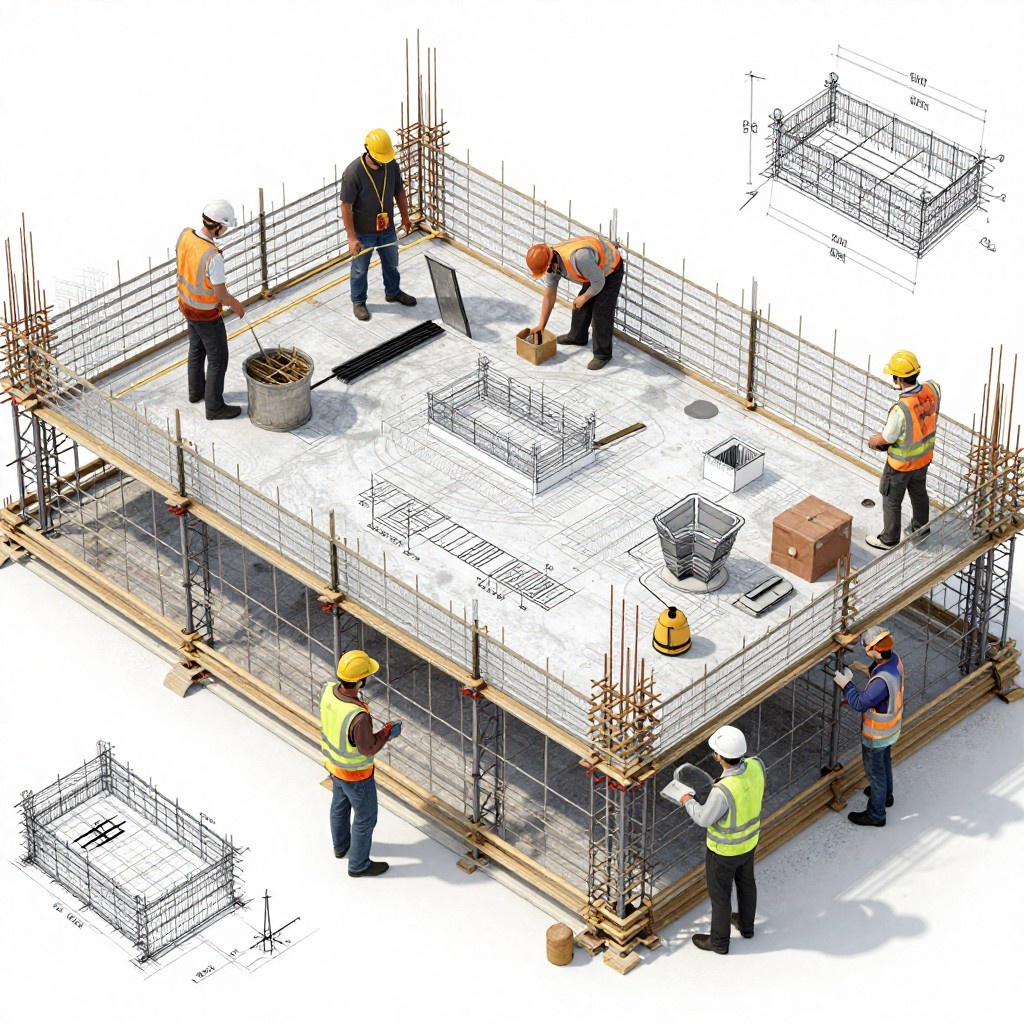In a typical architectural office, Architects are primarily responsible for coordinating between the client and designers of structures, external and internal installations, and infrastructure. They act as intermediaries between the stakeholders working on the project and often, were responsible for the coordination, information flow, and quality of the performed scopes during the design phase. The architects are also responsible for contacting the authorities to obtain appropriate approvals and arrangements before the project starts.
During the construction stage, the architect is also involved in supervising and supporting the contractor and must approve any design changes during construction. As a result, the architect must also be well-versed with current regulations in the field of construction law, soft skills, and good organization of work with subcontractors.
And lastly, they are the ones delivering the entire project to the client. On top of this, Architectural firms are often small teams handling every aspect of the project coordination and providing drawings or models of the project. At this point, you may now realize how tedious this might become if necessary processes and schedules are not put into practice.

This is where BIM comes into play.
What is BIM
BIM is a collaborative process involving a 3D model used for creating, modifying, and analyzing all the information about a building. This has revolutionized the architectural process, significantly improving the design, construction, and management of large projects. The construction process generates a huge amount of data at each step of its lifecycle from conceptualization to the maintenance stage of the building. And a lot of this data is lost when information changes hands. Incorporating this data in the 3D model saves time and reduces the chances of miscommunication and error.
BIM also makes it very easy for coordination between the different disciplines involved, like architectural, structural, Mechanical, Electrical, and Plumbing (MEP). The architect is responsible for the architectural BIM digital model, while the engineer works on the structural digital model and the mechanical engineer the MEP model. These models are all linked together and make it very convenient to identify potential errors or inconsistencies between different disciplines at a very early stage of the project.
Evolution of BIM

Building Description System (BDS) in the 1970s
The Building Description System (BDS) was among the first successful building database platforms. Eastman recognized that building plans were wasteful due to the repetition of projecting things in numerous viewpoints. He also understood that hardcopy designs deteriorated over time, and revision control and history for these paper documents were difficult. BDS was confined to certain libraries and design choices, and it was not warmly appreciated at the time, but the seed was planted. In the decades that followed, the personal computer era began in earnest, allowing future generations of BIM to incorporate more complete design capabilities, more collaboration, and involvement in all phases of a project's life cycle.
Building Product Model (BPM) in the 1980s
The IBM PC, the Apple Macintosh, and the first version of the Internet were all introduced in the 1980s. It was also the decade when CATIA, a 3D software suite, gained popularity in the aerospace, automotive, and shipbuilding industries. Despite the apparent advantages in AEC, particularly for designers and architects, 3D modeling technology would take the better part of a decade to gain traction. BPM was the first platform to contain project information from planning to completion, serving as a living library of concepts, technology, and standards. Despite its advantages, BPM remained limited to individual building component information and lacked the collaborative capabilities required for AEC.
Generic Building Model (GBM) in the 1990s
Pro/ENGINEER, the first parametric modeling software, continued to grow in popularity as the 1990s began. However, cross-pollination with AEC in general and architects in particular remained difficult. Autodesk published the first edition of their popular AutoCAD product with solid modeling features in 1993. This was a crucial milestone because 2D AutoCAD was already gaining acceptance among architects who recognized that technology would not limit their creativity.
The Generic Building Model (GBM) was created in 1995 with the goal of expanding and integrating information from existing and future designs that could be used throughout the project life cycle. This enabled various collaboration points for project stakeholders.
Building Information Modelling (BIM) in the 2000s and onwards
As we embraced the new millennium, technology breakthroughs began to impact and revolutionize all aspects of life, including the AEC industry. Since 2000, architects, construction managers, and engineers have fully used BIM. The development of professional BIM manager software surged during this time.In 2010, the rise of cloud computing intersected with the building BIM timeline, allowing stakeholders from several fields to work on and update the same project at once. BuildingSMART International developed the Industry Foundation Classes (IFC) standard to facilitate data sharing across multiple software platforms, and more governments around the world (including the United Kingdom in 2016) began mandating BIM use for public projects.
Today, BIM use is standard practice in AEC industries, with modern technologies like artificial intelligence (AI) and machine learning (ML) making the tools more powerful as the simulations become more accurate and predictive.
Why BIM in Architectural Design:
- BIM enhances interdisciplinary collaboration and communication
When we create a 3D model of all the different disciplines involved in the project and combine it, the model helps the team receive all the updates and details about a project in real time. Whenever someone updates the model or changes the design, all of the different model collaborators receive updates on how the changes affect the model and all the different utilities involved.
- BIM adoption ensures Accurate and Consistent Documentation
Following proper BIM standards provides a framework for the project which in turn ensures that all documents and workflows are standardized. By following a consistent approach to project documentation, teams can improve their productivity and reduce chances of miscommunication.
- BIM helps with Efficient Design Analysis and Simulation
BIM allows us to create virtual models of buildings and simulate their energy performance under different environmental conditions. This helps us identify areas where energy is being wasted and make informed decisions about design and construction to improve efficiency.
- BIM helps with Increased Design Flexibility
Architects can make use of Parametric BIM modeling to design grand buildings and create expressions of art and functionality. By combining the capabilities of BIM and Parametric modeling, architects can also integrate geometrically complex designs into the BIM process.
Best BIM software for Architects
1. Autodesk Revit
The Revit work environment allows users to collaborate between different design disciplines in the design sphere . The software allows users to design a building and structure and its components in 3D, annotate the model with 2D drafting elements, and access building information from the building model’s database.

2. Vectorworks
Vectorworks has the flexibility to support your entire project from beginning to end, or anywhere in the process — from conceptual design, to fully coordinated BIM models, to construction documents.

3. Tekla
Tekla Structures for design, detailing, and information management from conceptual planning to fabrication and construction on site.

4. Allplan
Allplan is the ultimate, precise BIM Software used in the Industry. With their integrated software solutions, ALLPLAN plays a crucial role in shaping the design, construction, and management of the future. It brings together everyone involved in a project and productively networks them with each other.

5. Bentley Stations
Provides traditional CAD capabilities and the power and versatility to precisely view, model, document, and visualize information-rich 2D and 3D designs of all types and scales, working for professionals in every discipline.

6. Archicad
ARCHICAD is a complete design suite with 2D and 3D drafting, visualization, and other building information modeling functions for architects, designers, and planners. A wide range of software applications are integrated into ARCHICAD.

Why Architects Love it
Architects love BIM for its ability to streamline design processes, save time, and reduce costs, while offering unparalleled coordination and precision. Unlike traditional CAD tools, BIM allows architects to collaborate seamlessly across disciplines, ensuring real-time integration and reducing the risk of errors. The power of BIM lies in its ability to enhance 3D model coordination, detect interdisciplinary clashes, and simulate designs digitally, which leads to better decision-making and improved project outcomes.
BIM's comprehensive design and visualization tools provide architects with clarity, ensuring that projects remain on schedule and within budget. By moving away from legacy CAD systems, which lack collaborative capabilities and often result in costly delays and ineffective revisions, BIM enables architects to produce more accurate designs with fewer errors.
With many countries mandating BIM for public projects, firms are adopting it as a standard practice, using its advanced features to manage the entire lifecycle of a building. From energy analysis to impact assessments, BIM empowers architects to craft efficient, sustainable designs, making it an essential tool for modern architectural practice. To incorporate BIM workflows in your projects, contact Techture today.




